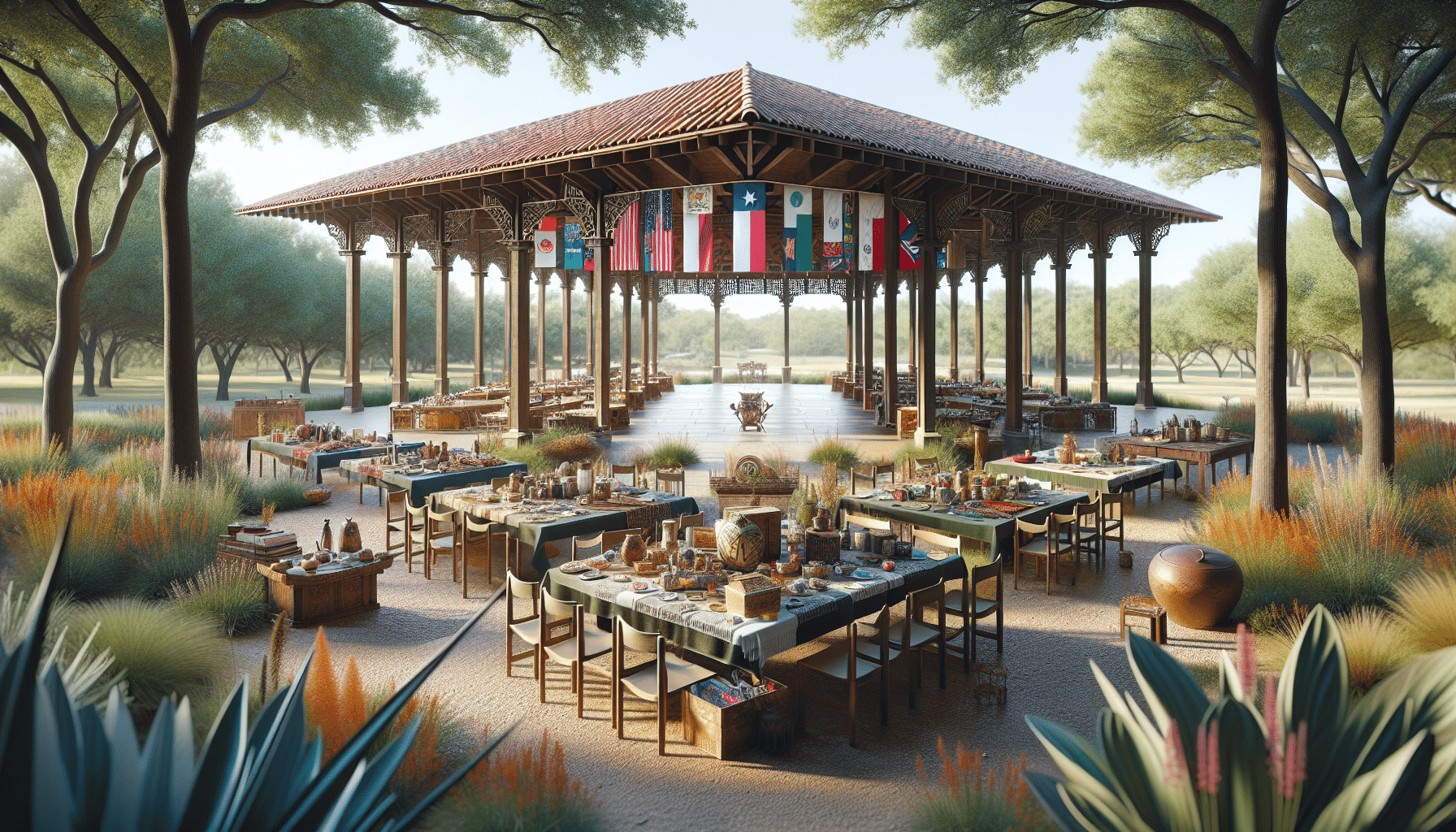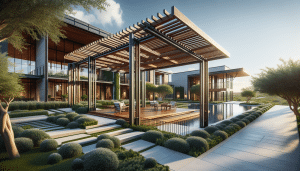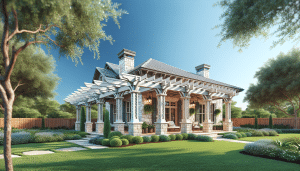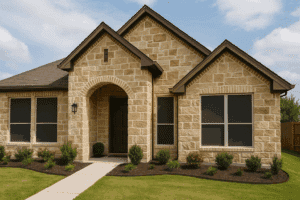Have you ever considered the intricate role that pavilions have played in fostering cultural exchange and diplomacy throughout history? From ancient times to modern-day scenarios, these structures have been more than just architectural marvels. At Dallas Pergola Company, our passion goes beyond simply constructing stunning pavilions across Dallas and Fort Worth; we relish the opportunity to enhance your home while enlightening our community about the wonderful impact these spaces have internationally. Allow us to guide you through an exploration of how pavilions are pivotal in bridging cultures and promoting diplomacy.
Contents
- 1 The Historical Significance of Pavilions
- 2 Architectural Beauty and Functionality
- 3 Pavilions as Catalysts for Cultural Exchange
- 4 Diplomatic Meetings in Pavilion Spaces
- 5 Modern-Day Pavilion Events
- 6 The Role of Pavilions in Peace Talks
- 7 Pavilions and Cross-Cultural Events
- 8 Architectural Influence on Pavilion Design
- 9 Pavilions in Local Community Settings
- 10 Conclusion
The Historical Significance of Pavilions
Throughout history, pavilions have acted as central hubs for cultural interactions, bridging communities across continents. One might think of them as mere shelters or aesthetic additions, but their significance extends far beyond that.
In ancient times, civilizations built pavilions as venues for vital diplomatic discussions. These structures served as neutral grounds where leaders could engage in dialogue, exchange gifts, and foster alliances. Their open and inviting nature made them ideal settings for transparent communication and mutual understanding.
Architectural Beauty and Functionality
Pavilions are a testament to the blend of art and utility. They stand as both functional spaces and architectural wonders, capturing the eye and serving practical purposes.
Their designs vary dramatically, showcasing a fusion of Styles from different cultures. Whether adorned with intricate carvings or minimalist decors, pavilions offer versatile spaces perfect for gatherings, celebrations, and diplomatic events. Their open design encourages free movement and interaction, fostering an atmosphere conducive to open dialogue and connection.
Pavilions as Catalysts for Cultural Exchange
Pavilions have played a crucial role in enabling cultural exchange, bringing together diverse groups under one roof. In international expositions and world fairs, countries use pavilions to present their cultures to the world, sharing unique customs, innovations, and heritage.
These structures provide spaces where people from different backgrounds come together, interact, and learn from one another. The experiences within pavilions foster mutual respect and appreciation, laying the groundwork for lasting relationships and shared knowledge.
Diplomatic Meetings in Pavilion Spaces
Pavilion spaces are ideal for hosting diplomatic meetings, offering neutral and beautiful landscapes that facilitate open discussions. The tranquility and balance of pavilion designs make them suitable venues for such high-level engagements.
World leaders often choose grand pavilions as the backdrop for critical conversations and negotiations. The setting encourages collaboration and understanding, helping decision-makers find common ground and work toward peace and partnerships.
Modern-Day Pavilion Events
In the present day, pavilions continue to host various cultural and diplomatic events, promoting global dialogue and unity. They remain essential venues for conferences, cultural festivals, and exhibitions worldwide.
Modern pavilions integrate advanced technology with traditional designs, accommodating the needs of contemporary events. They serve as versatile stages for showcasing innovative ideas and fostering cultural bonds, allowing nations to engage with one another in meaningful ways.
The Role of Pavilions in Peace Talks
Throughout history, pavilions have offered tranquil environments where peace talks and conflict resolutions occur. Their serene settings provide negotiators with the peace of mind necessary to engage in difficult conversations and find peaceful solutions.
The neutral ground of a pavilion helps dissolve tensions and fosters trust among parties. These settings promote productive communication pathways that facilitate the resolution of conflicts and the formation of alliances.
Pavilions and Cross-Cultural Events
Engaging with different cultures can broaden perspectives and enhance understanding between communities—pavilions serve as the perfect host for such cross-cultural events. Here are some ways they contribute:
- Venue for Traditional Performances: Pavilions provide stages for showcasing traditional dances, music, and theatrical performances, allowing audiences to experience diverse cultural expressions.
- Educational Workshops: Many pavilions host workshops that educate visitors about different cultures, fostering a greater appreciation and understanding of global diversity.
- Interactive Displays: Visitors encounter hands-on exhibits that highlight cultural artifacts, fostering experiential learning and an appreciation for various cultural artifacts.
- Cultural Cuisine Experiences: Pavilions often feature culinary demonstrations and tastings, bringing the flavors and culinary arts of different nations to life.
- Networking Opportunities: These spaces act as meeting points for individuals from diverse backgrounds, promoting dialogue and the exchange of ideas.
Architectural Influence on Pavilion Design
Architects draw inspiration from numerous cultural sources when designing pavilions, resulting in an aesthetic fusion representing an exchange of ideas. These designs embrace global influences while integrating local flair.
In many ways, pavilions act as platforms for architects to explore and interpret diverse cultural heritages. The harmony between traditional influences and contemporary innovation makes each pavilion design unique and reflective of shared human experiences.
Pavilions in Local Community Settings
While much of the discourse around pavilions centers on their international role, let’s not forget the local impact. In our own backyard in Dallas and Fort Worth, pavilions bring communities together, hosting local festivals, family gatherings, and cultural showcases.
A well-designed pavilion can transform any local park or backyard into a vibrant community hub. By encouraging engagement and collaboration, they contribute to the cultural fabric of our neighborhoods.
Conclusion
Pavilions represent much more than architectural beauty; they are dynamic spaces facilitating cultural exchange and diplomacy. Whether on an international scale or within our local Dallas and Fort Worth areas, their impact is profound. If you’re considering a pavilion to enrich your home or community, reach out to us at Dallas Pergola Company by phone at 214-624-7083 or Request a Free Quote.




